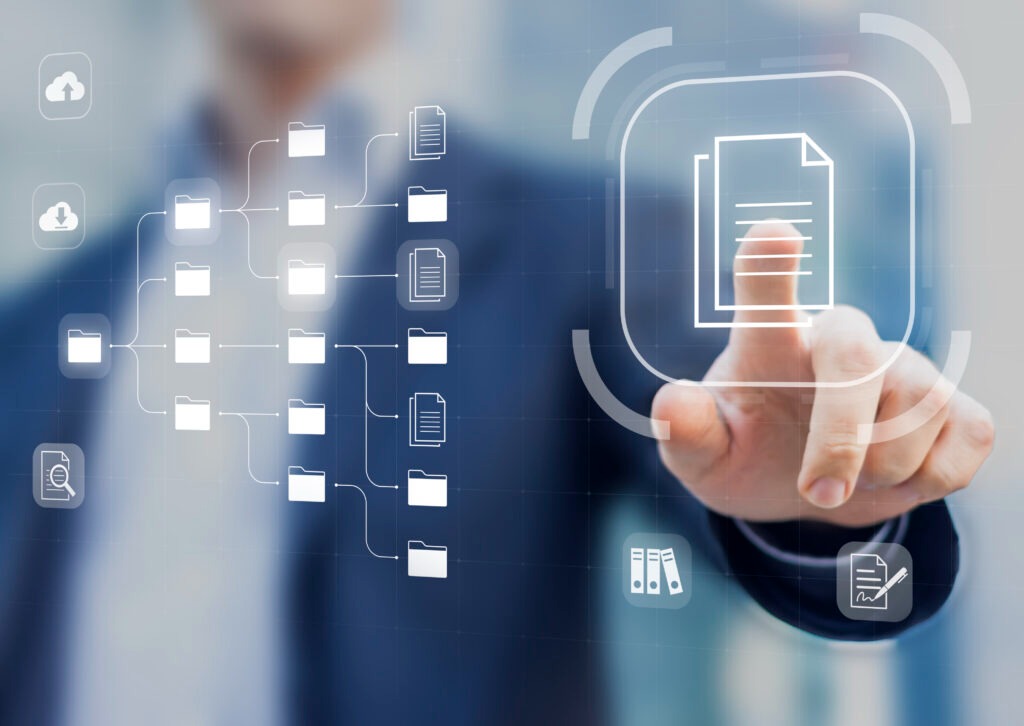The synergy between optical character recognition (OCR) and big data has opened up exciting opportunities in various industries. With a decade of experience in technical copywriting, let’s explore how the integration of OCR technology with big data is reshaping the way we manage and harness information.
Unlocking Data from Unstructured Content
The Challenge of Unstructured Data
A significant portion of valuable data resides in unstructured formats, such as handwritten documents, images, and scanned PDFs. Traditional data analytics tools struggle to extract insights from these sources.
OCR as a Data Bridge
OCR serves as a bridge, converting unstructured data into machine-readable text. This transformation allows organizations to include diverse content in their big data analytics pipelines.
Enriching Analytics
Enhanced Decision-Making
By incorporating OCR-processed data into analytics, organizations gain a more comprehensive view of their operations. Insights derived from unstructured content can lead to more informed decision-making.
Content Mining
OCR enables content mining, where organizations can extract valuable information from historical records, customer feedback, and handwritten notes, uncovering hidden patterns and trends.
Automation and Efficiency
Streamlining Data Entry
OCR automates data entry tasks, reducing manual labor and minimizing the risk of human error. This automation is particularly valuable for industries that handle large volumes of paper-based documents.
Accelerating Document Processing
OCR’s speed and accuracy streamline document processing workflows, enabling organizations to handle documents more efficiently and serve customers faster.
Data Enrichment
Contextual Information
OCR-enhanced data often includes contextual information, such as dates, locations, and names. This additional context enriches big data analytics, providing a deeper understanding of the data.
Improved Search and Retrieval
With OCR-processed content, search and retrieval of documents become more precise, enhancing information retrieval systems and user experiences.
Challenges and Considerations
Data Quality
The quality of OCR-processed data depends on factors like image quality and document legibility. Organizations must invest in high-quality scanning and OCR technologies to ensure accurate results.
Data Privacy and Security
Handling sensitive or personal information through OCR requires robust data privacy and security measures to protect against data breaches and unauthorized access.
OCR and Machine Learning
Synergy with AI
OCR and machine learning are increasingly intertwined. Machine learning models can enhance OCR accuracy by adapting to various content types and languages.
Advanced OCR Analytics
Combining OCR with machine learning enables advanced analytics, such as sentiment analysis on customer feedback or recognizing handwritten signatures for authentication.
The Future of OCR in Big Data
Integration with Emerging Technologies
OCR is likely to integrate with emerging technologies like natural language processing (NLP) and augmented reality (AR), opening new avenues for data analysis and content interaction.
Real-time OCR
Real-time OCR applications are becoming more prevalent, offering immediate data extraction and analysis for industries such as finance, healthcare, and logistics.
Conclusion
In conclusion, the integration of OCR with big data represents a significant step toward harnessing the full potential of unstructured content. By unlocking insights from handwritten documents, images, and scanned materials, organizations can make more informed decisions, automate data entry, and improve document processing efficiency.

